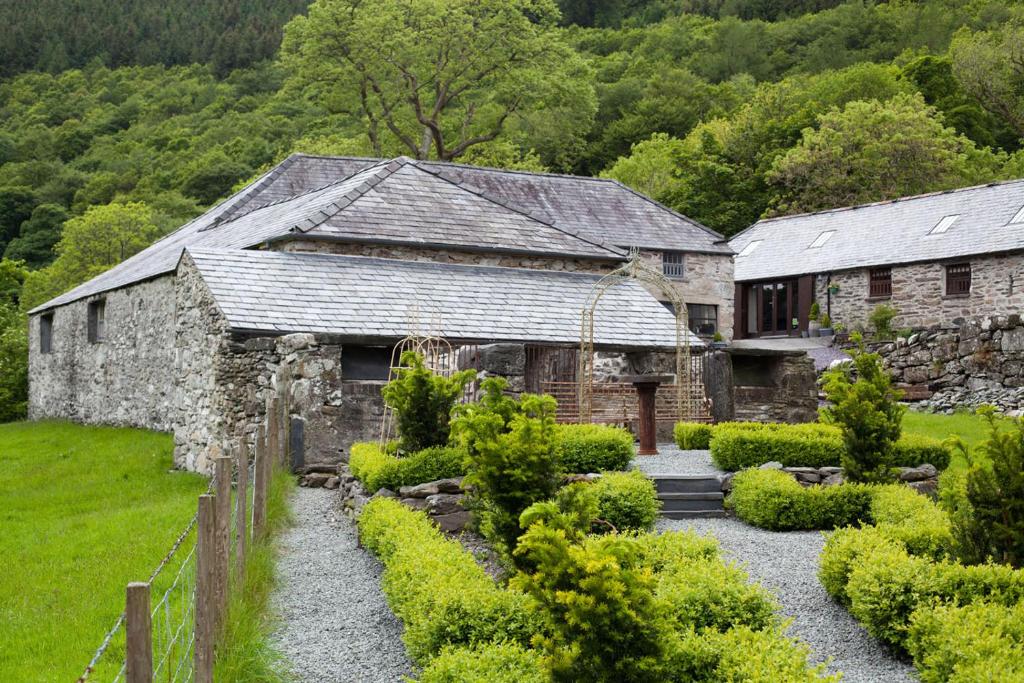Mentioned by Tripadvisor's Top Things to Do
Top things to do in Gwynedd
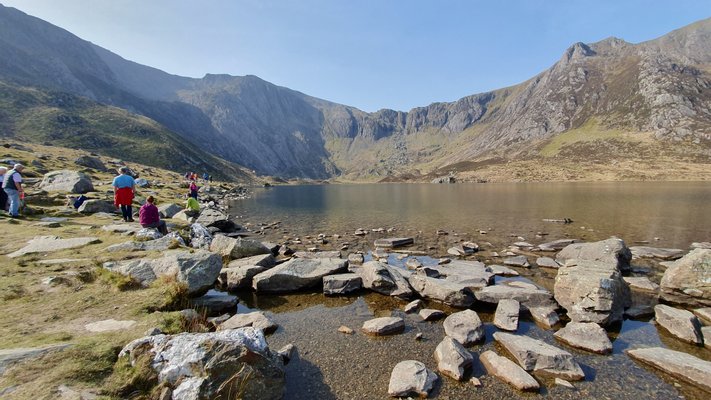
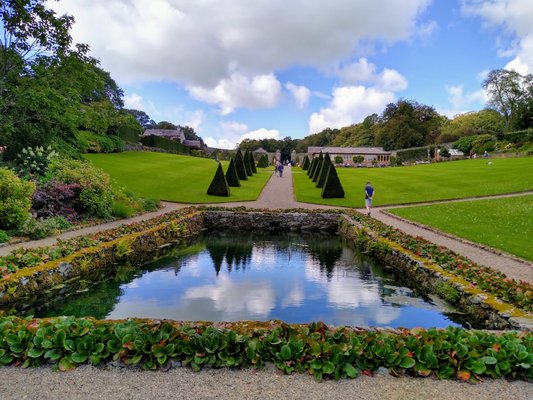
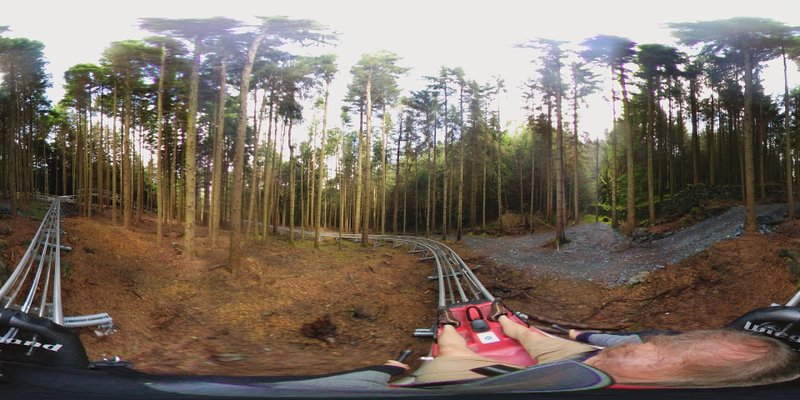
"Begin at Zip World Velocity in Bethesda – just over 1.5 hours’ drive from Liverpool, north-west England. Fly down Europe’s fastest and longest zip line, exceeding 100mph, with views as far as Ireland. Let the adrenalin rush settle (for the time being!) and drive 30 minutes to the picturesque village of Betws-y-Coed for a riverside walk and well-earned lunch."
"Zip Safari is a gentler version through the treetops and Tree Hoppers is perfect for little ones. The Fforest Coaster is so much fun and Bounce Below is an underground trampoline park in an old slate cavern."
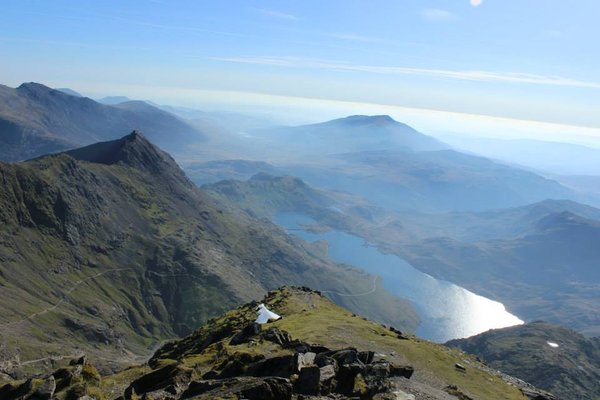
"If you’d rather spend your week in the same accommodation for the whole week then I’d recommend staying in the centre of Snowdonia National Park and then you’ll need to drive for about an hour each way to get to most places I’ve mentioned. The drives around North Wales are absolutely stunning so, if you don’t mind driving, this is probably the easiest option."
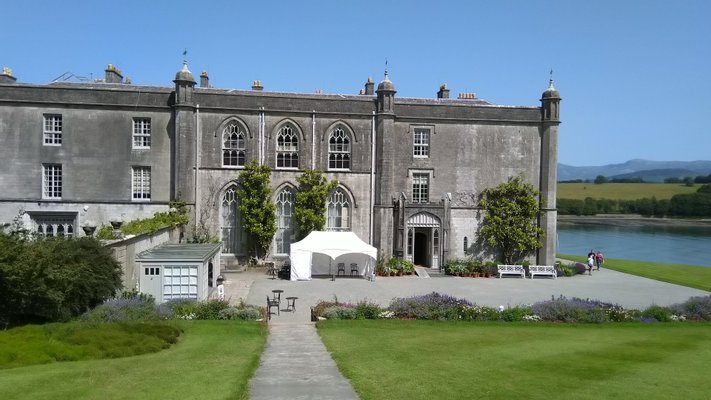
"Plas Newydd (New House) was the grand manor of the marquesses of Anglesey. Surrounded by tranquil gardens and pastures, with fine prospects across the Menai Strait to Snowdonia, the building has parts dating from the early 15th century, but most of today's Gothic masterpiece took shape in the 18th century. Inside, the walls are hung with gilt-framed portraits of worthy ancestors of the Paget family (William Paget was secretary of state to Henry VIII), who owned the house until 1976."
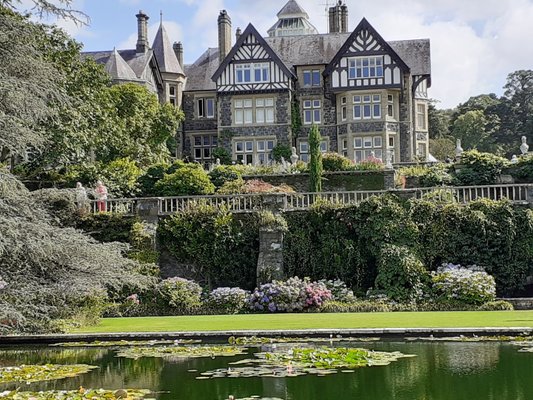
"Laid out in 1875 and painstakingly landscaped over 150 years, Bodnant is one of Wales’ most beautiful gardens. Lord Aberconway of the McLaren family (which once lived in the gracious late-18th-century pile at the heart of Bodnant) bequeathed the lush 32-hectare property to the National Trust in 1949. Formal Italianate terraces overlook the River Conwy and Snowdonia's Carneddau Mountains, and rectangular ponds creep down from the house into the orderly disorder of a picturesque wooded valley and wild garden."
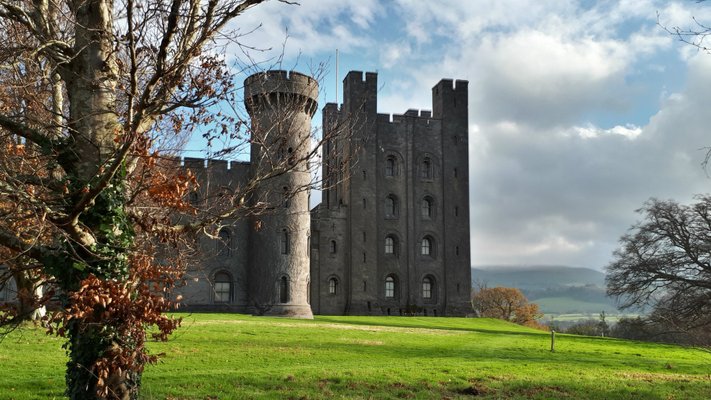
"Funded by the vast profits from the slate mine of Caribbean sugar-plantation owner and anti-abolitionist Baron Penrhyn, and extended and embellished by his great-great-nephew, this immense 19th-century neo-Norman folly is both tasteless and spectacular. Flanked by a Victorian walled garden, the creeper-clad stone walls of the Norman 'fortress' embower the neo-Gothic hall with its darkly extravagant rooms, complete with intricately carved ceilings, stained-glass windows, opulent furniture and even early flushing toilets. 'Early birds' can book free castle tours (10.30am to noon)."
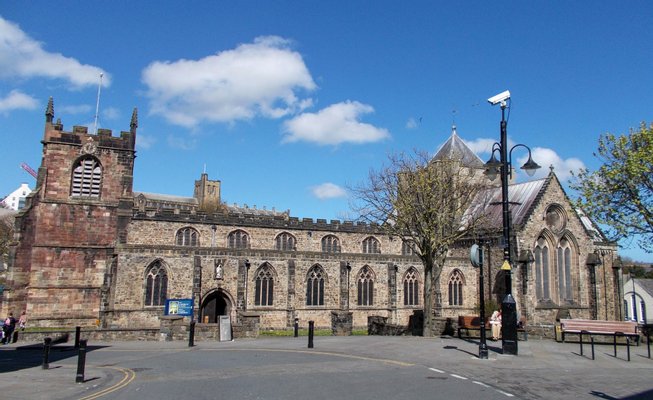
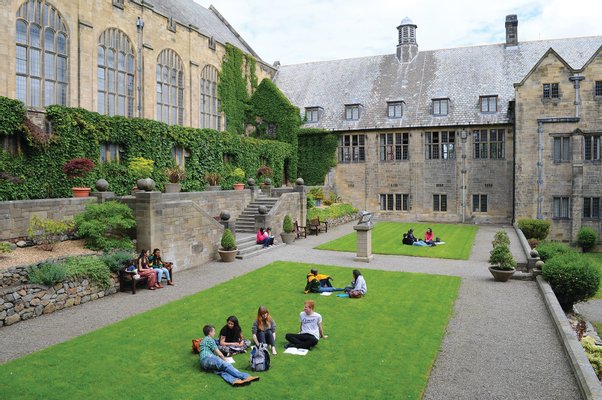


"Laid out in 1875 and painstakingly landscaped over 150 years, Bodnant is one of Wales’ most beautiful gardens. Lord Aberconway of the McLaren family (which once lived in the gracious late-18th-century pile at the heart of Bodnant) bequeathed the lush 32-hectare property to the National Trust in 1949. Formal Italianate terraces overlook the River Conwy and Snowdonia's Carneddau Mountains, and rectangular ponds creep down from the house into the orderly disorder of a picturesque wooded valley and wild garden."

"Plas Newydd (New House) was the grand manor of the marquesses of Anglesey. Surrounded by tranquil gardens and pastures, with fine prospects across the Menai Strait to Snowdonia, the building has parts dating from the early 15th century, but most of today's Gothic masterpiece took shape in the 18th century. Inside, the walls are hung with gilt-framed portraits of worthy ancestors of the Paget family (William Paget was secretary of state to Henry VIII), who owned the house until 1976."

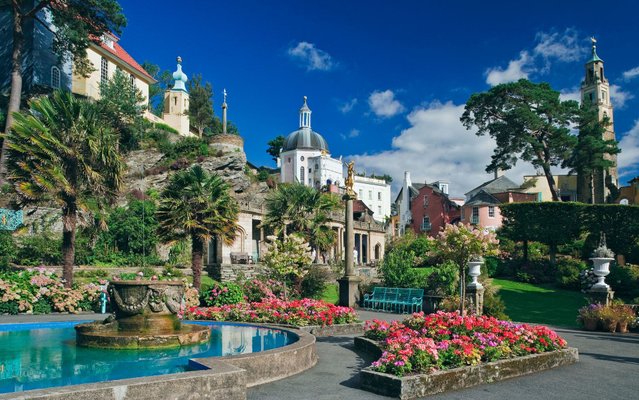
"Next, drive to Portmeirion (approx. 1 hour from Llanberis). This seaside village was the vision of architect Sir Bertram Clough Williams-Ellis, developed from 1925-1975. Its charming pastel-coloured houses and piazzas are complemented by bright floral displays and an elegant hotel. Portmeirion draws a fun-loving crowd in early September each year with Festival No 6: three days of live music, carnival parades, dressing up and dancing (party-lovers might also like to check out The Good Life Experience in Flintshire, north Wales, later in the month)."
"Set on its own tranquil peninsula reaching into the estuary, this fantastical collection of colourful buildings with a heavy Italian influence was masterminded by Welsh architect Sir Clough Williams-Ellis. Starting in 1925, Sir Clough collected bits and pieces from disintegrating stately mansions and set them alongside his own creations to concoct this weird and wonderful seaside utopia. Today the buildings are all heritage listed, the site is a conservation area, and festivals, fairs, gigs and other events are frequently held here."
"When you step into Portmeirion you’ll wonder if you’ve stepped into a fairy tale. This tourist village is like a movie set and was designed in the style of an Italian village. It’s a magical place to visit with colourful buildings with ornate details and lovely walks through the forest and around the estuary. There are shops and places to eat so you can make it a full day out."

"Laid out in 1875 and painstakingly landscaped over 150 years, Bodnant is one of Wales’ most beautiful gardens. Lord Aberconway of the McLaren family (which once lived in the gracious late-18th-century pile at the heart of Bodnant) bequeathed the lush 32-hectare property to the National Trust in 1949. Formal Italianate terraces overlook the River Conwy and Snowdonia's Carneddau Mountains, and rectangular ponds creep down from the house into the orderly disorder of a picturesque wooded valley and wild garden."

